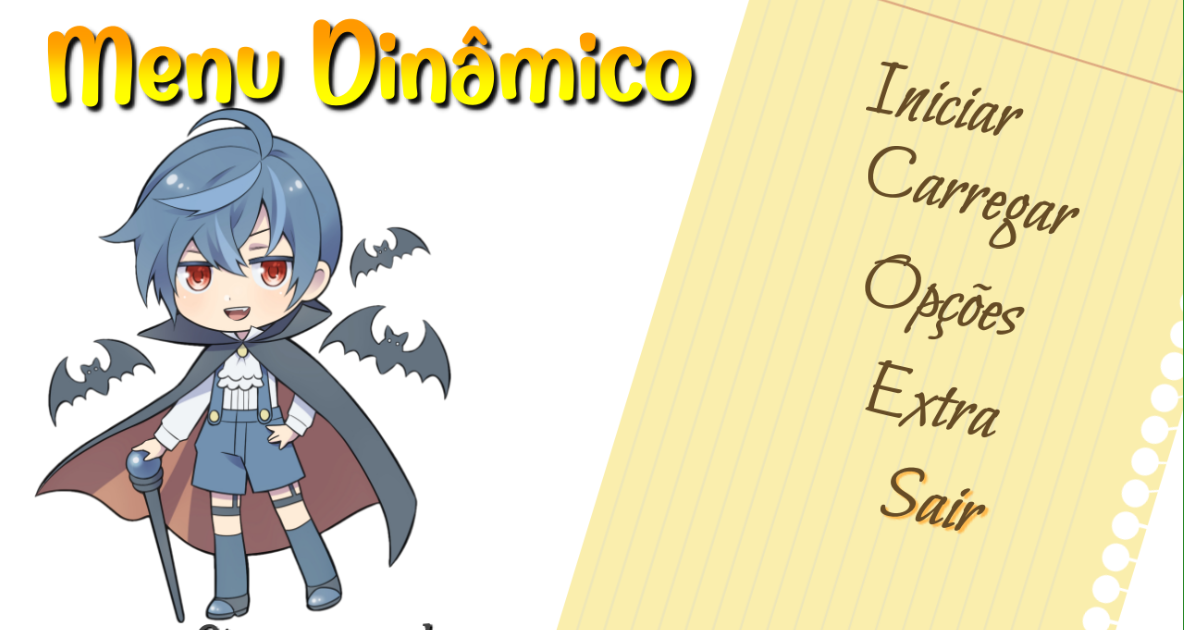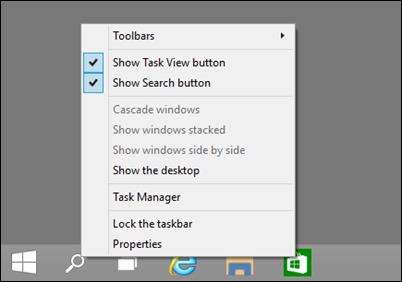

value The value of the adjustment, a number. The adjustment object: range The range of the adjustment, a number. The following parameters correspond to fields or properties on
#HIDE QUICKMENU BUTTON RENPY HOW TO#
Of the value, and how to adjust the value in small steps and large They contain information about the value, the range adjustment ( range=1, value=0, step=None, page=None, changed=None, adjustable=None, ranged=None, force_step=False ) linkĪdjustment objects represent a value that can be adjusted by a bar Returns True if any of the variants would. Name can also be a list of variants, in which case this function If statement to switch behavior based on the selected screen variant. This function can be used as the condition in an Returns true if name is a screen variant that corresponds to theĬontext in which Ren'Py is currently executing. stop_predict_screen ( name ) linkĬauses Ren'Py to stop predicting the screen named name. To complete, use the predict argument to renpy.pause(). Prediction will occur during normal gameplay. To stop predicting a screen, call renpy.stop_predict_screen(). start_predict_screen ( _screen_name, *args, **kwargs ) linkĬauses Ren'Py to start predicting the screen named _screen_name Non-keyword arguments, and keyword arguments that do not begin withĪn underscore, are passed to the screen. _transient If true, the screen will be automatically hidden at the end of The specified properties are added to it. When a widget with that id is shown by the screen, _widget_properties A map from the id of a widget to a property name -> property It that's not specified,ĭefaults to the name of the screen. _zorder The zorder to show the screen on. This takes the following keyword arguments: _screen_name The name of the screen to show. The programmatic equivalent of the show screen statement.

show_screen ( _screen_name, *_args, **kwargs ) link The focus may change if the mouse moves, even slightly, after this call This attempts to focus the displayable with id in the screen screen.įocusing will fail if the displayable isn't found, the window isn'tįocused, or something else is grabbing focus. set_focus ( screen, id, layer=u'screens' ) link The programmatic equivalent of the hide screen statement. The zorder the screen is being displayed at. The layer the screen is being displayed on. The ScreenDisplayable objects returned by this function have theįollowing documented fields: ScreenDisplayable. get_screen ( "say" ): text "The say screen is showing." else : text "The say screen is hidden." This function can be used to check if a screen is showing: This can also take a list of names, in which case the first screen Is first interpreted as a tag name, and then as a screen name. Returns the ScreenDisplayable with the given name on layer. Note that this returns a dictionary containing the widget properties,Īnd so to get an individual property, the dictionary must be accessed.
#HIDE QUICKMENU BUTTON RENPY CODE#
This can be used from Python or property code inside If screen is None, returns the properties for theĬurrent screen. Returns the properties for the displayable with id in the screen get_displayable_properties ( id, screen=None, layer=None ) link Returns None if the screen doesn't exist, or there is no get_displayable ( screen, id, layer=None, base=False ) linkįrom the screen on layer, returns the displayable with See get_screen() for documented fields on ScreenDisplayable. Returns the ScreenDisplayable corresponding to the screen currently being If _mode is passed, it will be the mode of this interaction, If _with_none is false, "with None" is not run at the end of end Positional arguments, and keyword arguments that do not begin with The result of the interaction is returned. The screen is hidden at the end of the interaction, and

This shows _screen_name as a screen, then causes an interaction The programmatic equivalent of the call screen statement. call_screen ( _screen_name, *args, _with_none=True, _mode="screen", **kwargs ) link The following functions support various operations related to screens.


 0 kommentar(er)
0 kommentar(er)
